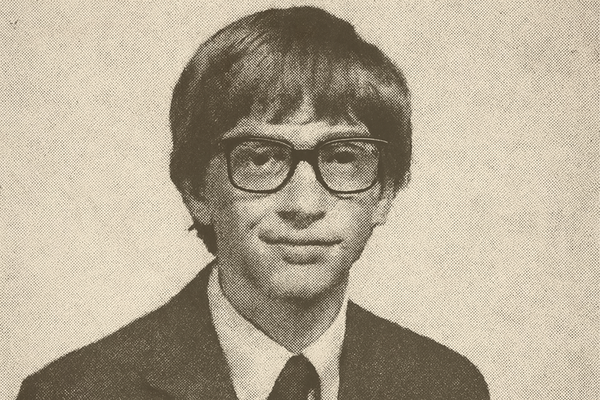Fifty-five years ago, on November 18, 1970, a 15-year-old student at Seattle’s Lakeside School took his first major step into the world of computing, a step that would eventually reshape the tech industry and spark a digital revolution. That student was Bill Gates.
On that pivotal day, Gates and a handful of classmates began programming on the school’s early computer systems, laying the foundation for what would later become Microsoft and the global software empire that followed.
What started as a teenage curiosity quickly became a life-altering pursuit. By trading programming work for computer time, Gates and his friends formed the Lakeside Programmers Club and secured precious access to a PDP-10 machine owned by Information Sciences, Inc. Their early efforts, like writing a payroll program, hinted at the ambition and technical aptitude that would soon change the world.
The Lakeside Leap
In 1970, computing was far from mainstream. Most people had never seen a computer, let alone programmed one. Lakeside School was a rare exception, offering students access to an ASR-33 Teletype connected to a time-shared computer. Gates, alongside future Microsoft co-founder Paul Allen and others, became obsessed with the machine’s capabilities.
Driven by a mix of intellect and obsession, Gates honed his programming skills in BASIC, even discovering and exploiting software bugs, earning temporary suspensions and hard-earned lessons in ethics and responsibility.
These experiences were crucibles in which Gates’ problem-solving abilities and entrepreneurial mindset were forged.
The group’s deal with Information Sciences, Inc., exchanging their programming labor for precious compute time, allowed them to keep learning, experimenting, and building well before the PC era dawned.
The Spark That Ignited Microsoft
Bill Gates’ early programming experiences were not isolated. They became the seedbed for Microsoft’s founding in 1975. The technical confidence, business savvy, and collaborative mindset that Gates developed in those Lakeside years directly shaped his vision for putting a computer on every desk and in every home.
The PDP-10 and Gates’ relentless efforts were about recognizing how software could empower people and industries on a massive scale.
The Wrap
November 18, 1970, may not appear in most history books, but for the tech world, it’s a date worth celebrating. It marks the moment a teenage Bill Gates began walking the path toward becoming one of the most influential figures in computing history.
His early programming work at Lakeside School would fuel the personal computing revolution and ultimately transform how the world connects, works, and thinks.
Fifty-five years later, that fire still burns bright.






